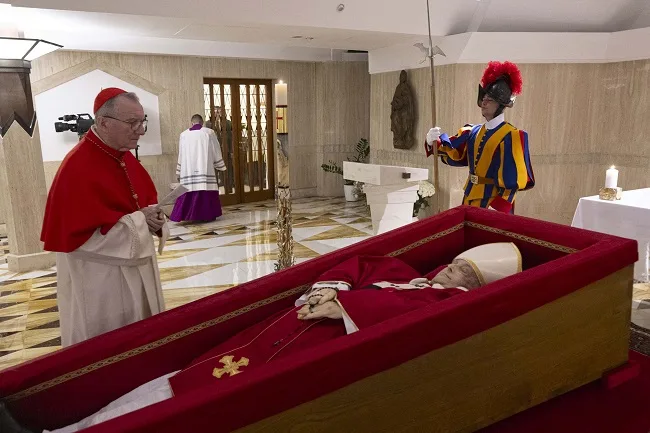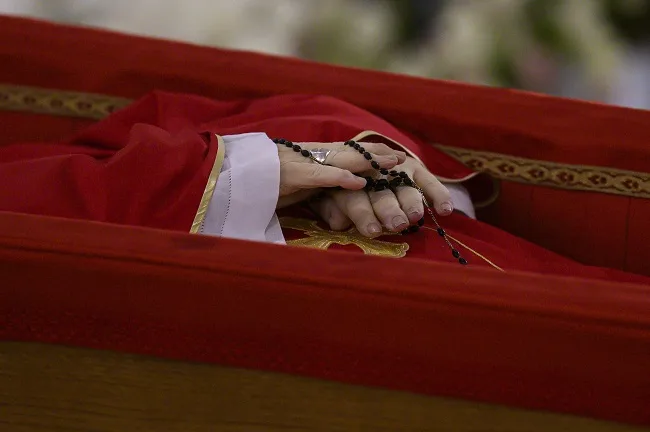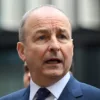The Vatican announced Tuesday that Pope Francis’s funeral will take place this Saturday at 10:00 a.m. (0800 GMT) in St. Peter’s Square, with a massive turnout of faithful and dignitaries expected.
U.S. President Donald Trump, French President Emmanuel Macron, and Ukraine’s Volodymyr Zelensky are among the first world leaders to confirm attendance.
The 88-year-old Argentine pontiff died on Monday after suffering a stroke, just weeks after returning home from a five-week hospitalization for double pneumonia. His death has triggered global mourning for a reformist leader who transformed the tone and priorities of the Catholic Church over his 12-year papacy.
The Vatican released the first images of Francis lying in an open coffin during a private service at Casa Santa Marta—the simple residence where he lived and ultimately died. Wearing red papal vestments, a mitre, and clutching a rosary, the pope will lie in state at St. Peter’s Basilica beginning Wednesday morning.
Following Saturday’s Mass, Francis’s wooden and zinc coffin will be taken into the basilica, then transported to Rome’s Basilica of Santa Maria Maggiore for burial. In his will, Francis requested a modest tomb bearing only his Latin name, Franciscus—making him the first pope in over a century to be buried outside the Vatican.
The funeral date was set during the first “general congregation” of cardinals on Tuesday, marking the beginning of the centuries-old process to elect a new pope. Only cardinals under 80 may vote in the upcoming conclave, which is expected to begin between 15 and 20 days after his death.
Tributes have poured in from across the globe. Argentina declared a week of national mourning, while India—unusually for a foreign religious leader—declared three days of mourning. Lionel Messi, the pope’s compatriot, praised Francis for “making the world a better place.”
Thousands gathered in St. Peter’s Square on Monday evening to pay their respects, many lighting candles or leaving flowers. “He tried to get people to understand it doesn’t matter your sexual orientation or race—it doesn’t matter in the eyes of God,” said Mateo Rey, a 22-year-old Mexican student.
Born Jorge Bergoglio, Francis was the first pope from the Americas and the first Jesuit to lead the Catholic Church. A tireless advocate for migrants, environmental protection, and social justice, he also pushed to reform Vatican governance, increase the role of laypeople and women, and bring transparency to Church finances.

Though celebrated as a progressive voice, Francis faced internal resistance and criticism from victims’ groups who argued he didn’t go far enough on clergy sex abuse. Nevertheless, he was the first pontiff to lift the pontifical secrecy around abuse cases and mandated reporting by Church officials.
Francis had been visibly frail in recent weeks. Despite doctors’ orders to rest following his discharge from Rome’s Gemelli Hospital on March 23, he continued public engagements. On Easter Sunday, he appeared fatigued but made time to greet the faithful from his popemobile in St. Peter’s Square.
The global Church now enters a period of mourning—and transition—as preparations begin for the next chapter in its 2,000-year history.
AFP


